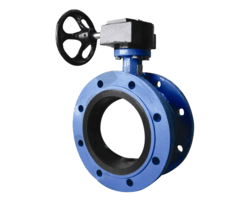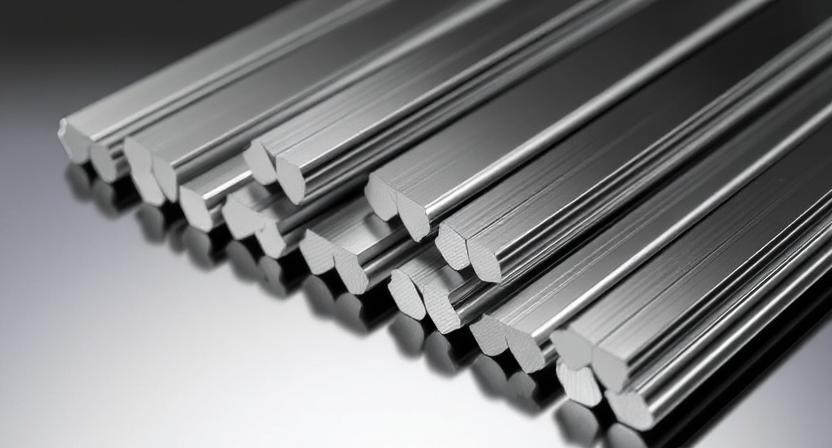Stainless Steel 317L Butterfly Valves
Ferrobend stands as a trusted name in the manufacturing of Stainless Steel 317L Butterfly Valves. Known for their durability, precision, and efficiency, these valves are integral components in a variety of industries, from chemical processing and pharmaceuticals to oil and gas, power plants, and water treatment. This article delves into the manufacturing process of Stainless Steel 317L Butterfly Valves by Ferrobend, the benefits of using 317L material, and why Ferrobend remains a leader in providing top-notch valve solutions. Stainless Steel 317L is a versatile material known for its excellent resistance to pitting, crevice corrosion, and stress corrosion cracking. This material's resistance to high temperatures and aggressive chemicals makes it ideal for valves used in harsh environments.

A butterfly valve is a quarter-turn rotational valve commonly used to regulate or isolate the flow of liquids and gases. The valve operates by rotating a disc (resembling a butterfly wing) within the valve body to control the flow. Butterfly valves are widely used in applications where space constraints and the need for fast and efficient operation are essential. The Stainless Steel 317L alloy, a highly corrosion-resistant material, is often used to manufacture these valves to withstand challenging environments.
Stainless Steel 317L is an austenitic chromium-nickel-molybdenum alloy with superior resistance to corrosion and oxidation compared to conventional stainless steels. The "L" in 317L refers to the low carbon content of the alloy, making it ideal for welding applications. These properties make 317L Butterfly Valves suitable for use in highly corrosive environments such as those found in the chemical, petrochemical, and food industries.
After the casting or forging stage, the valve components are subjected to precision machining. Ferrobend uses state-of-the-art CNC (Computer Numerical Control) machines to accurately machine the valve body, disc, and other parts. This process ensures that the valves meet tight tolerances for smooth operation and leak-proof sealing. Precision machining also contributes to the overall efficiency and reliability of the butterfly valve.
Once the components are manufactured, they are carefully assembled to form the complete Stainless Steel 317L Butterfly Valve. Ferrobend's engineers ensure that the valve is assembled correctly and functions as intended. After assembly, each valve undergoes a rigorous testing process to ensure it meets or exceeds industry standards. Ferrobend conducts several tests, including pressure testing, leak testing, and cycle testing, to verify that the valve performs optimally under various conditions. This stage is essential to ensure that the valve can handle the high pressures, temperatures, and corrosive environments for which it is designed.
Ferrobend follows a stringent quality control process throughout the manufacturing cycle. Each valve undergoes comprehensive inspection, with all specifications and test results documented. The valves are also subjected to dimensional checks and visual inspections to ensure they meet the highest standards of quality. This commitment to quality assurance guarantees that every valve leaving the Ferrobend facility is reliable, durable, and of superior quality.
Butterfly Valve Selection Criteria
- Valve Diameter (Nominal Sizes)
- Flow Speed
- Medium Type
- Medium Temperature
- Working Pressure
- Operating Temperature
- Connection
- Actuator Type
